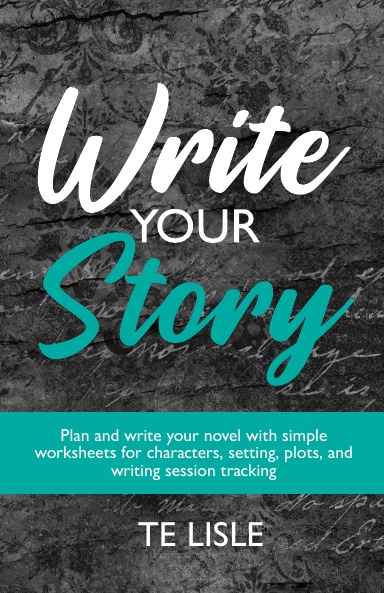Like my cat, characters can be a pain. When you don’t really want them to help you out, they force their way into whatever you’re working on. When you want them, they disappear on you for ages and you don’t know where they are until you hear them meowing at the bottom of the stairs pleading for you to come down to watch her eat.
Okay, maybe that’s more my cat.
Where was I? Right.
Characters are strange beasts. And it can be really tricky to make sure that they come across as realistic people. One of the tricks I like to use to make a character feel more well rounded is to give them a habit of some sort that I can refer them to doing when they are stressed or bored.1 Whether that’s tapping, becoming very still, or something else, they fall back to that action to reveal emotion.
I find that’s also a really good way to reveal character. The ways different people react to stress can show things like how they will then react to danger or imply how they will react when they are happy. Seeing the reaction show up in a scene can also show that a character is stressed without making it obvious to the perspective character.2
And, well, it’s nice to be able to show that a character is bored in a scene without having to tell it. Small things can show a lot, I found, and it’s fun to figure out what kind of person a character is when they aren’t actively thrown into peril.
What sort of small things do you like reading that make a character feel more rounded?

Write Your Story: Unlock Your Creative Potential
Are you ready to embark on a journey into the world of storytelling? Look no further! Introducing Write Your Story, a comprehensive resource designed to fuel your imagination, enhance your storytelling skills, and bring your characters to life. Whether you’re an aspiring writer, a seasoned author, or simply someone who loves crafting stories, this workbook is your ultimate companion.
This Workbook Contains:
- Story planning spreads
- Setting and location spreads
- Character spreads
- Writing session tracker